Home>Ideas and Tips>Mudroom Dehumidifier Options: Control Entryway Moisture
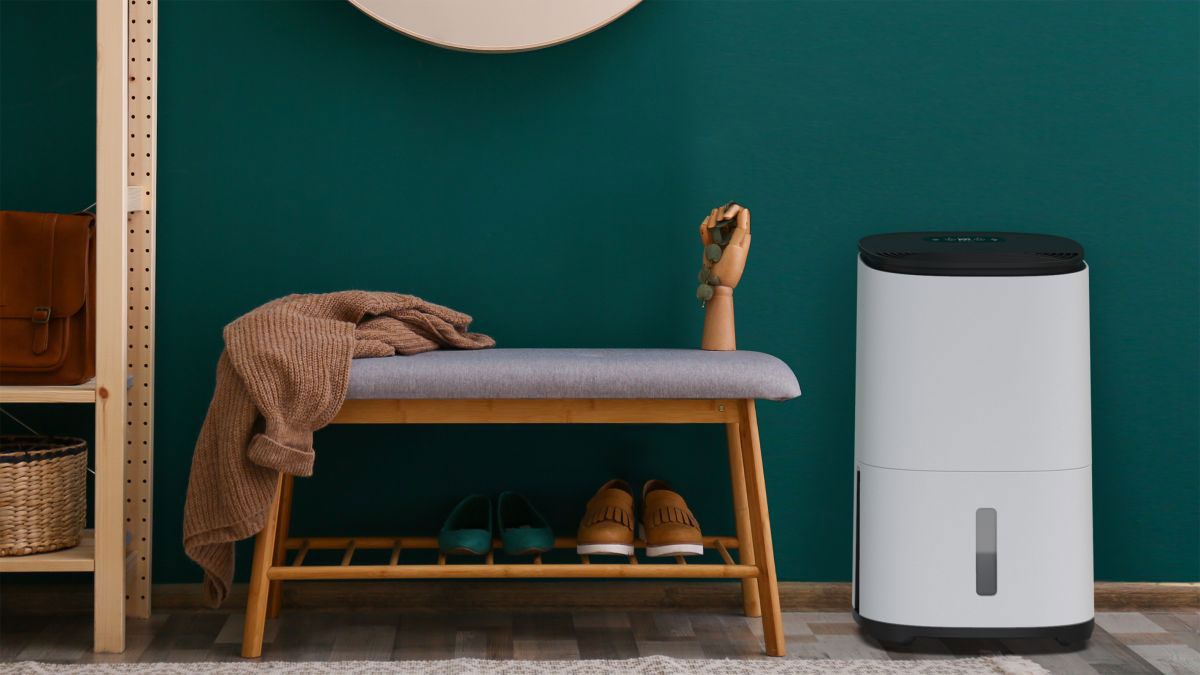

Ideas and Tips
Mudroom Dehumidifier Options: Control Entryway Moisture
Modified: October 18, 2024
Discover the best mudroom dehumidifier options to control entryway moisture, prevent mold, and improve air quality. Keep your home dry and comfortable year-round.
(Many of the links in this article redirect to a specific reviewed product. Your purchase of these products through affiliate links helps to generate commission for Storables.com, at no extra cost. Learn more)
In the quest for a well-organized and comfortable home, few spaces are as crucial as the entryway or mudroom. These areas serve as the first line of defense against the elements, providing a place to shed wet boots, hang jackets, and store various items that come in and out of the house. However, maintaining a dry and comfortable environment in these spaces can be challenging, especially during the summer months when humidity levels are high. This is where a dehumidifier comes into play, helping to control moisture and prevent issues like mold growth and dampness.
The Importance of Dehumidifiers in Entryways
Dehumidifiers are devices designed to remove excess moisture from the air, thereby reducing the humidity levels in a given space. In entryways and mudrooms, dehumidifiers play a vital role in maintaining a dry environment that is less conducive to mold and mildew growth. Here are some key reasons why dehumidifiers are essential for these areas:
-
Preventing Mold and Mildew: High humidity levels create an ideal environment for mold and mildew to thrive. By reducing the moisture in the air, dehumidifiers help prevent these unwanted organisms from growing, which can lead to unpleasant odors and health issues.
-
Reducing Dampness: Entryways and mudrooms often experience high levels of moisture due to wet boots, raincoats, and other items that come in from outside. A dehumidifier helps to reduce this dampness, making the space feel more comfortable and less likely to develop condensation issues.
-
Improving Air Quality: By removing excess moisture from the air, dehumidifiers contribute to cleaner air quality. This is particularly important in areas where moisture can accumulate quickly, such as basements or rooms with poor ventilation.
-
Extending the Life of Items: High humidity can cause materials like wood and fabric to deteriorate faster. By maintaining a lower humidity level, dehumidifiers help extend the life of items stored in entryways and mudrooms.
Read more: Mudroom Marvels: Organized Entryways
Types of Dehumidifiers for Entryways
When selecting a dehumidifier for your entryway or mudroom, there are several types to consider based on your specific needs and space constraints:
-
Portable Dehumidifiers: These are compact units that can be moved from room to room as needed. They are ideal for small spaces like entryways and are often less expensive than other types of dehumidifiers.
-
Window-Mounted Dehumidifiers: These units are designed to be installed in windows and are particularly useful for areas where there is limited floor space. They are also energy-efficient and can be an effective solution for small entryways.
-
Whole-House Dehumidifiers: These units are installed in the ductwork of your home's HVAC system and can handle larger spaces including entire houses. They are more expensive but provide comprehensive coverage.
-
Smart Dehumidifiers: These modern devices come equipped with advanced features like Wi-Fi connectivity, humidity sensors, and smartphone app control. They offer precise control over humidity levels and can be integrated into smart home systems for seamless operation.
Features to Consider When Choosing a Dehumidifier
When selecting a dehumidifier for your entryway or mudroom, there are several key features to consider:
-
Humidity Level Indicator: A built-in humidity level indicator is crucial for ensuring that the dehumidifier is operating effectively. This feature allows you to monitor the current humidity levels in real-time.
-
Capacity: The capacity of the dehumidifier refers to how much moisture it can remove from the air per day. For entryways and mudrooms, a smaller capacity unit (around 20-30 pints per day) is usually sufficient.
-
Energy Efficiency: Look for dehumidifiers with high Energy Efficiency Ratings (EER) or Energy Star certification to ensure they consume less power while maintaining their performance.
-
Noise Level: If you plan to use the dehumidifier in a living area or near sleeping quarters, consider one with a low noise level to minimize disturbance.
-
Maintenance Requirements: Some dehumidifiers require more maintenance than others, such as cleaning filters or emptying water buckets. Choose a model that fits your maintenance schedule.
-
Additional Features: Some dehumidifiers come with additional features like built-in fans, timers, or remote controls. These can enhance the overall functionality and convenience of the device.
Case Studies: Real-Life Applications of Dehumidifiers in Entryways
-
Basement Dehumidification:
- Many homeowners use dehumidifiers in their basements to control moisture levels and prevent mold growth. For instance, one user noted that running a dehumidifier 24/7 in their basement kept the air comfortable all year round and prevented any mold issues.
-
Bathroom Dehumidification:
- Bathrooms are another area where high humidity can be problematic. A user mentioned using a dehumidifier in their bathroom to combat moisture buildup and mold on windows, highlighting its effectiveness in maintaining a clean and healthy environment.
-
Laundry Room Integration:
- Some homes integrate dehumidifiers into laundry rooms to manage moisture from washing machines and dryers. This helps maintain a dry environment that prevents mold growth and reduces odors.
Designing an Effective Entryway with Dehumidification
In addition to choosing the right type of dehumidifier for your entryway or mudroom, it's equally important to design these spaces effectively to maximize their functionality:
-
Custom Cabinets:
- Custom cabinets can provide ample storage for items like shoes, jackets, and bags while keeping them organized and out of sight.
-
Hooks and Baskets:
- Hooks and baskets are essential for hanging jackets, bags, and other items within easy reach. This helps keep clutter at bay and makes it easier for family members to put away their belongings.
-
Benches:
- Benches near doors serve multiple purposes—they provide a place to sit while putting on or removing shoes and boots and also offer additional storage space for baskets or bins.
-
Flooring Materials:
- Durable flooring materials like hardwood or tile are ideal for entryways as they can withstand heavy foot traffic and moisture without compromising their appearance.
-
Lighting:
- Proper lighting is crucial in entryways to create a welcoming atmosphere while also highlighting any design elements like custom cabinets or decorative hooks.
Read more: Organized Entryways With Mudroom Marvels
Conclusion
Maintaining a dry and comfortable environment in entryways and mudrooms is crucial for preventing mold growth, reducing dampness, and improving air quality. By choosing the right type of dehumidifier based on your specific needs and considering key features like humidity level indicators and energy efficiency ratings, you can effectively control moisture levels in these spaces. Additionally, designing these areas with custom cabinets, hooks, benches, durable flooring materials, and proper lighting ensures that they remain both functional and beautiful. Whether you're dealing with high humidity levels during summer months or need a solution for year-round comfort, incorporating a dehumidifier into your entryway or mudroom design is an essential step towards creating a well-organized home that is both practical and aesthetically pleasing.
Was this page helpful?
At Storables.com, we guarantee accurate and reliable information. Our content, validated by Expert Board Contributors, is crafted following stringent Editorial Policies. We're committed to providing you with well-researched, expert-backed insights for all your informational needs.
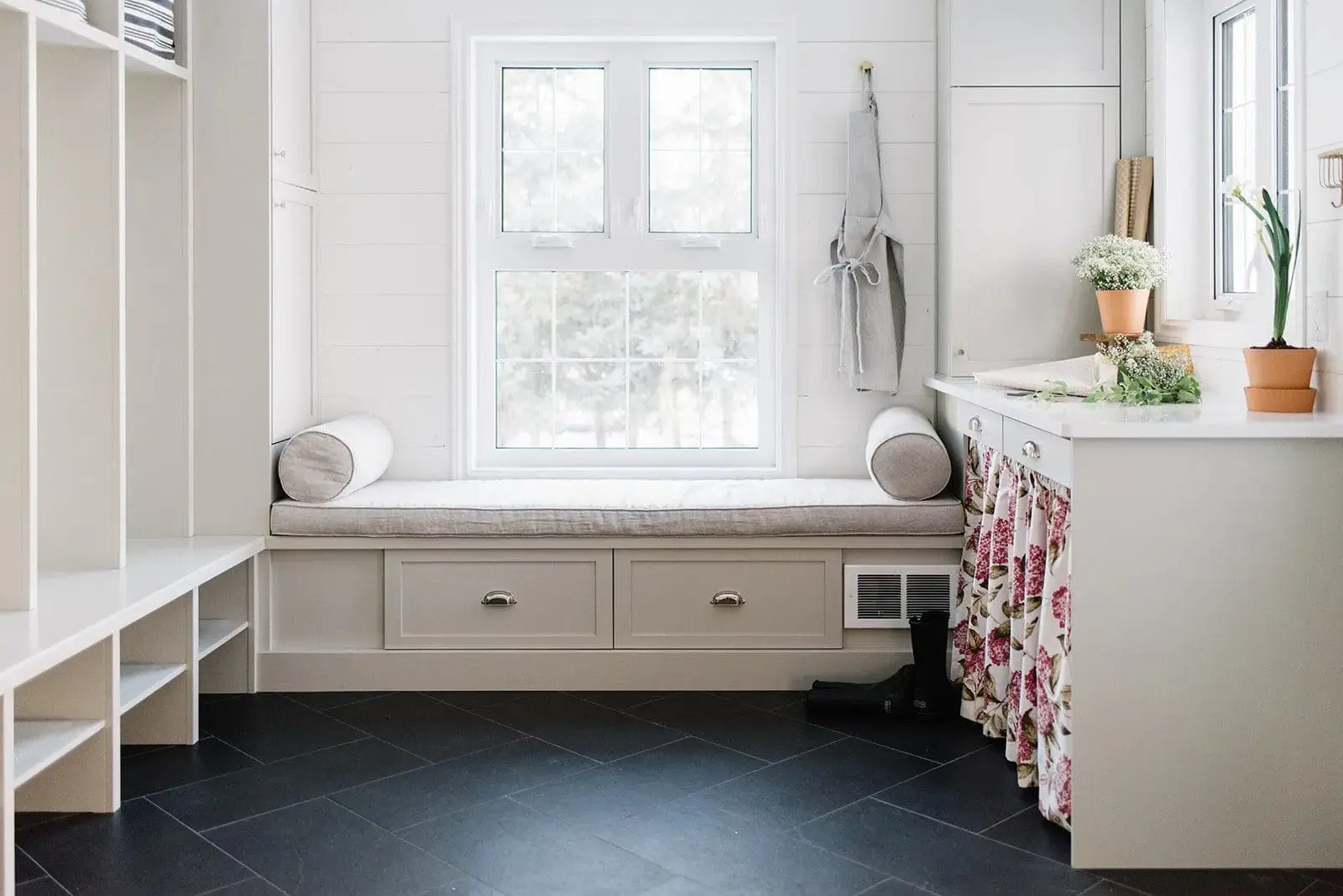
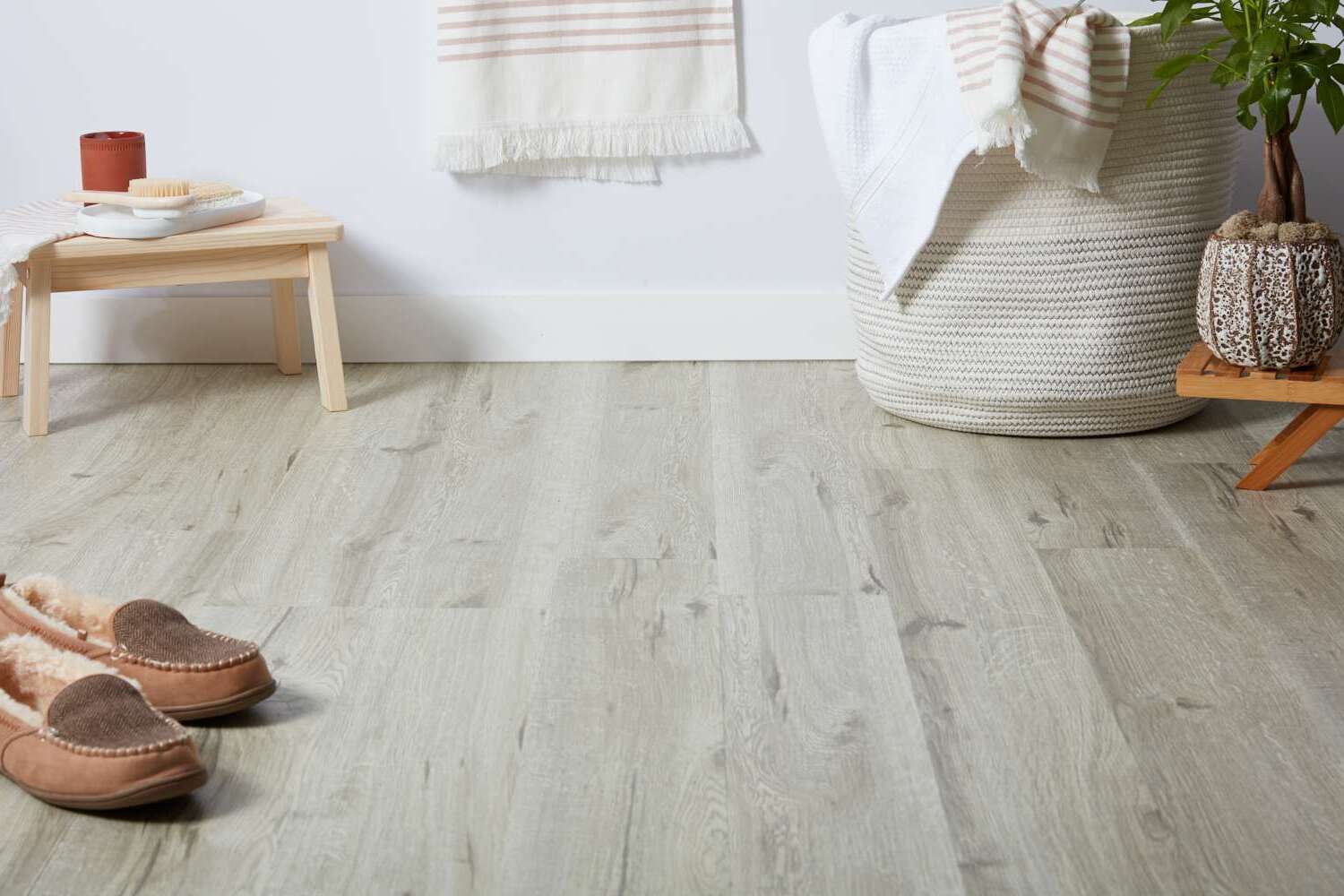
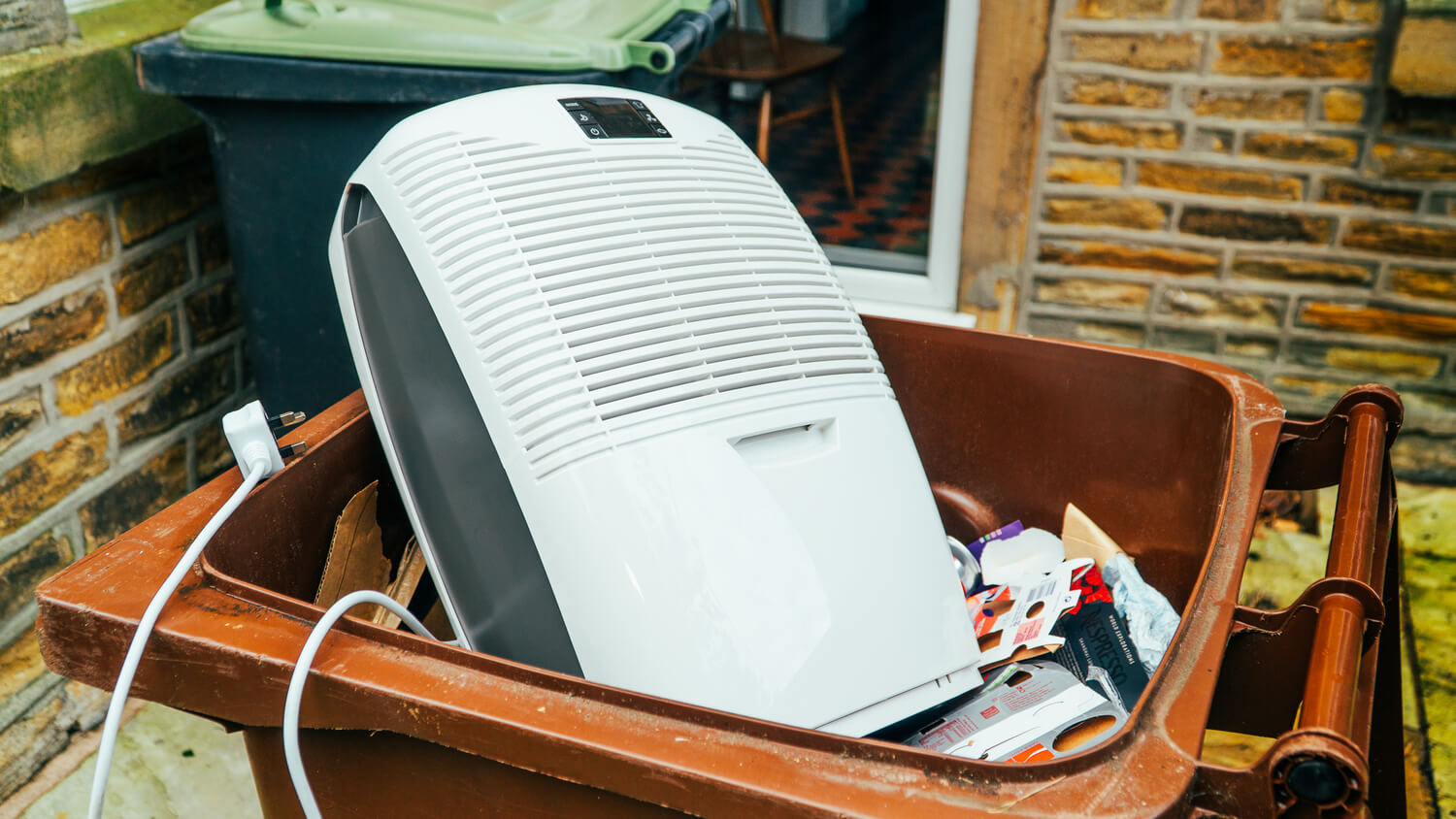
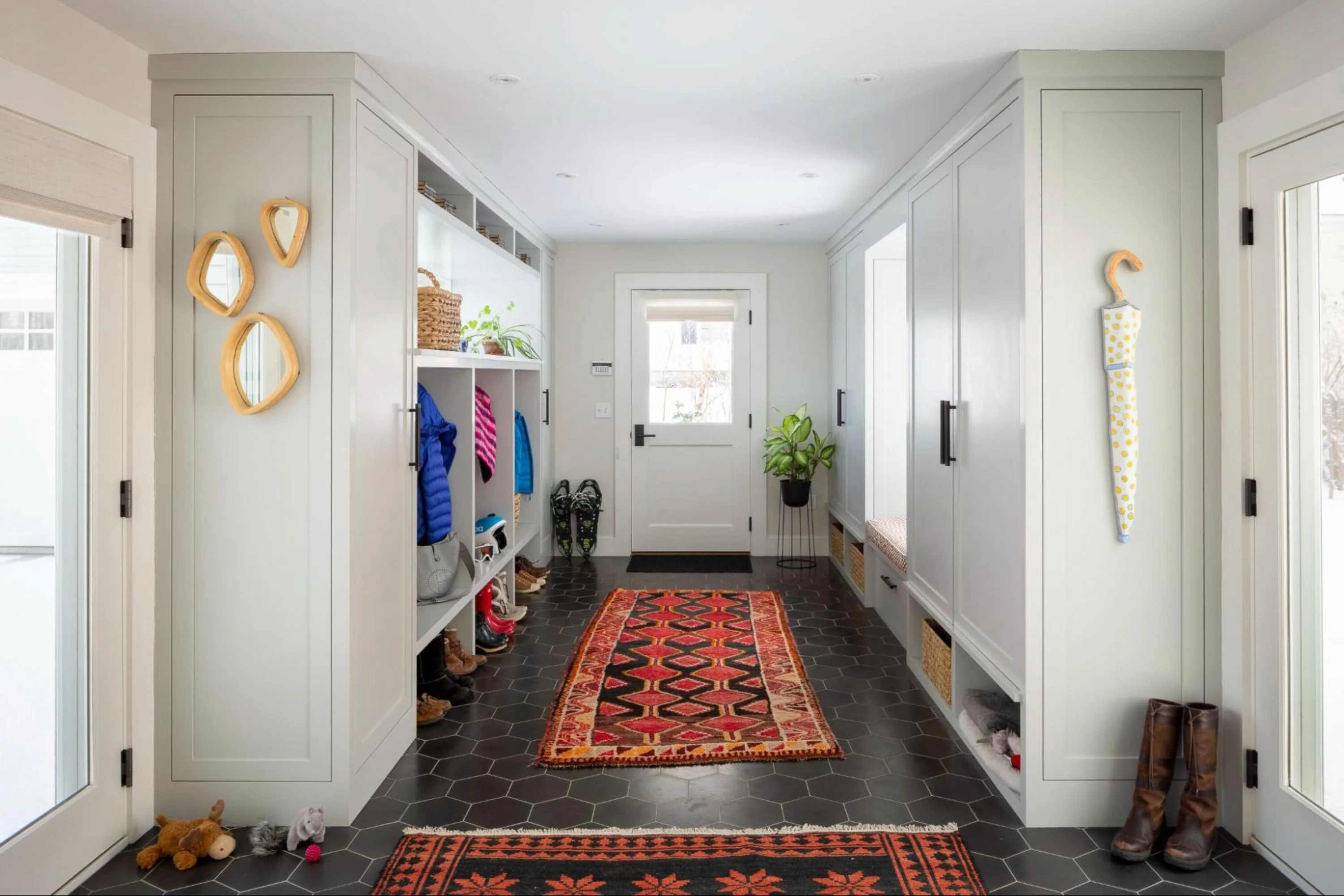
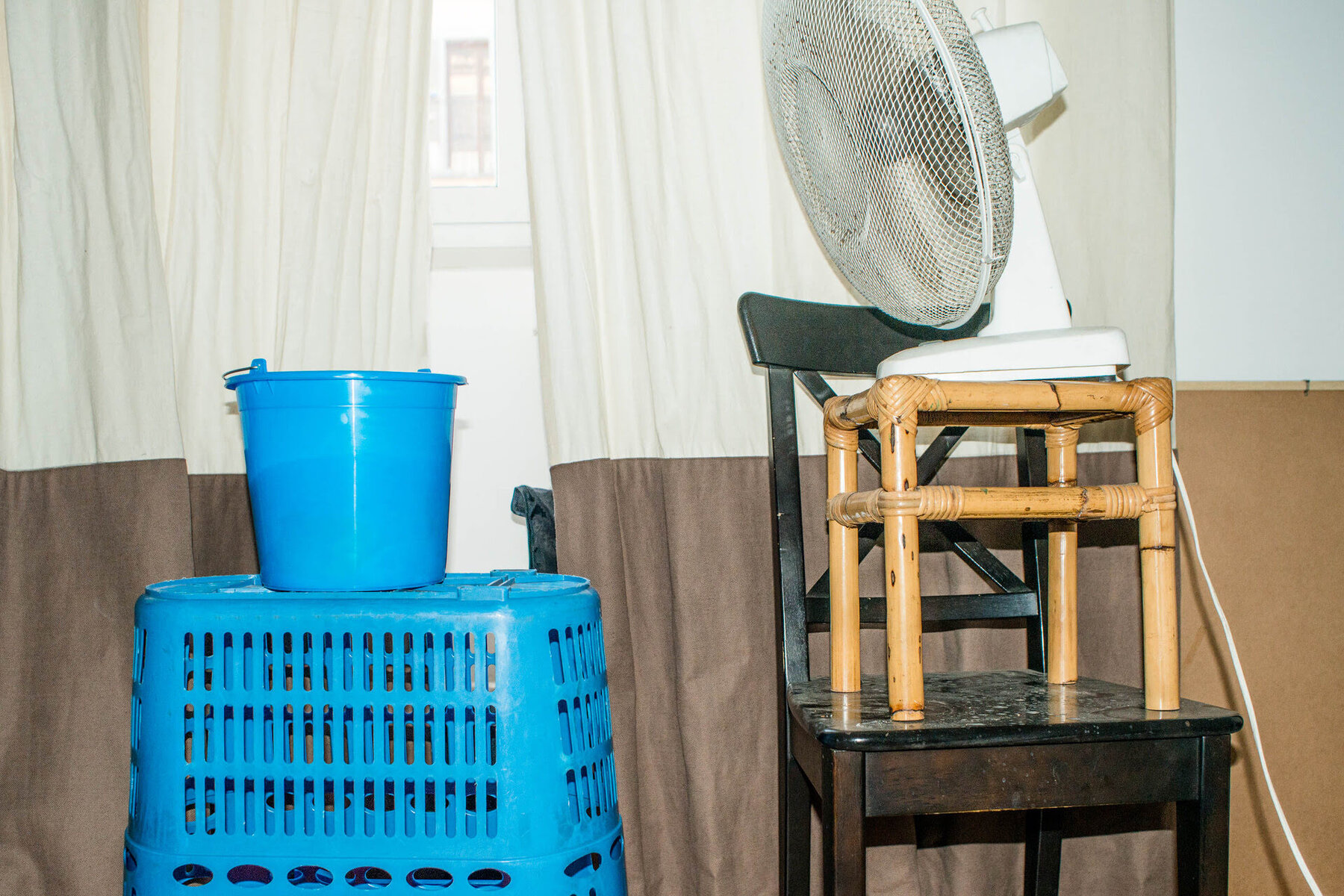
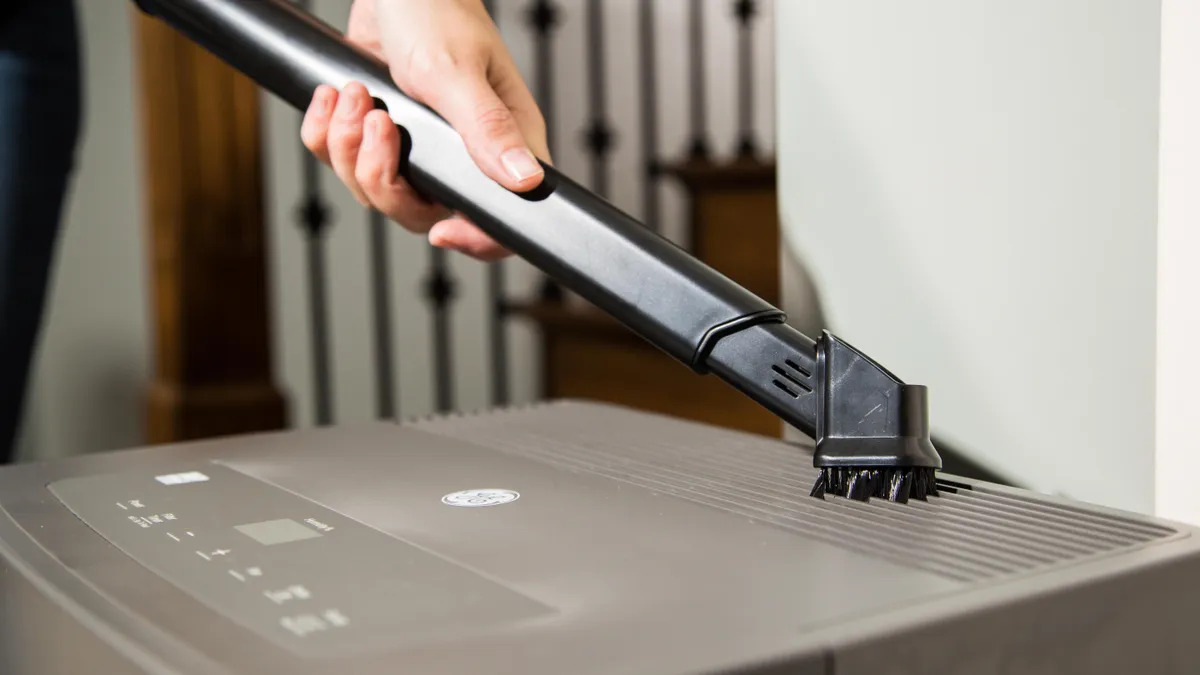
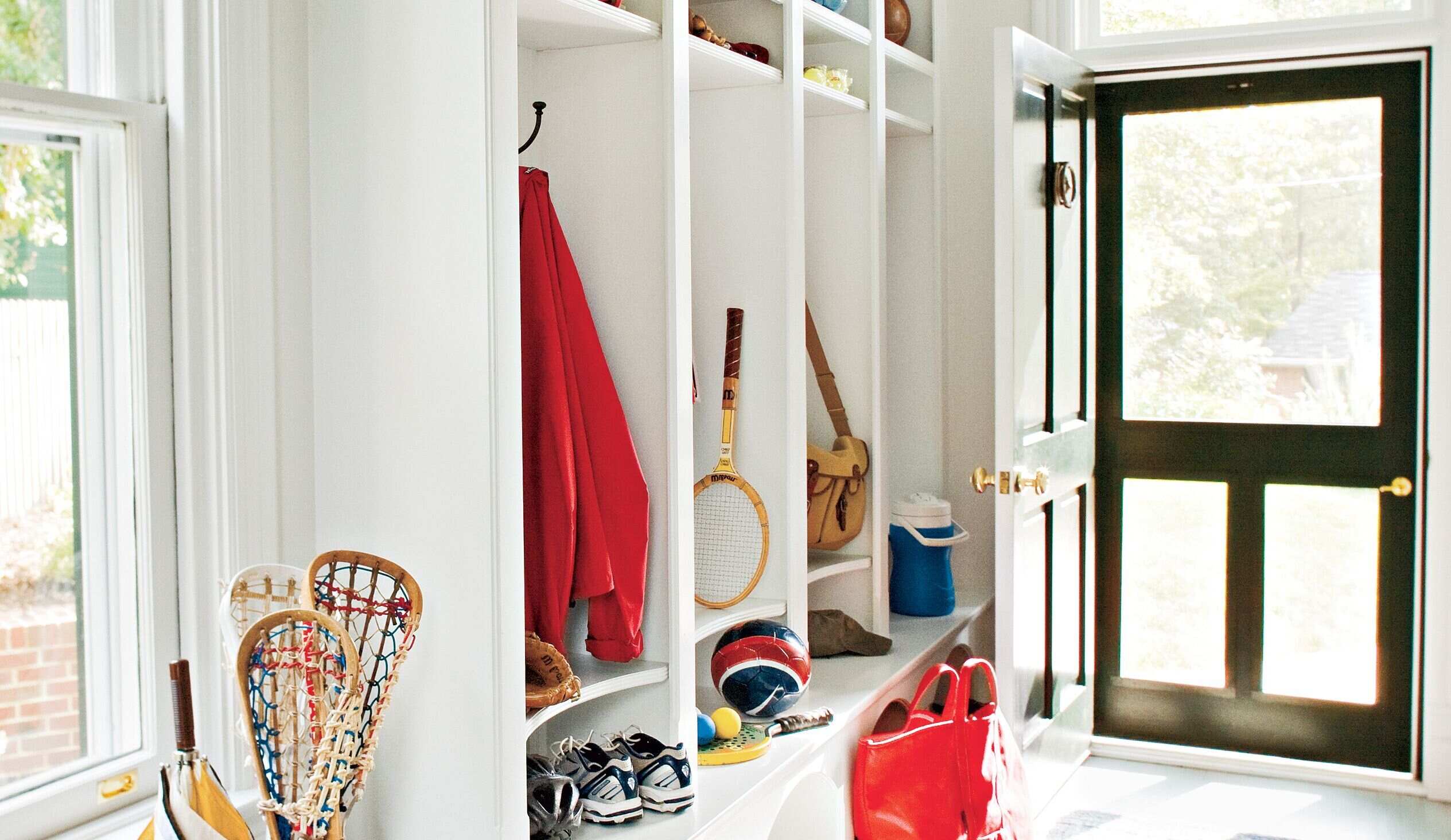
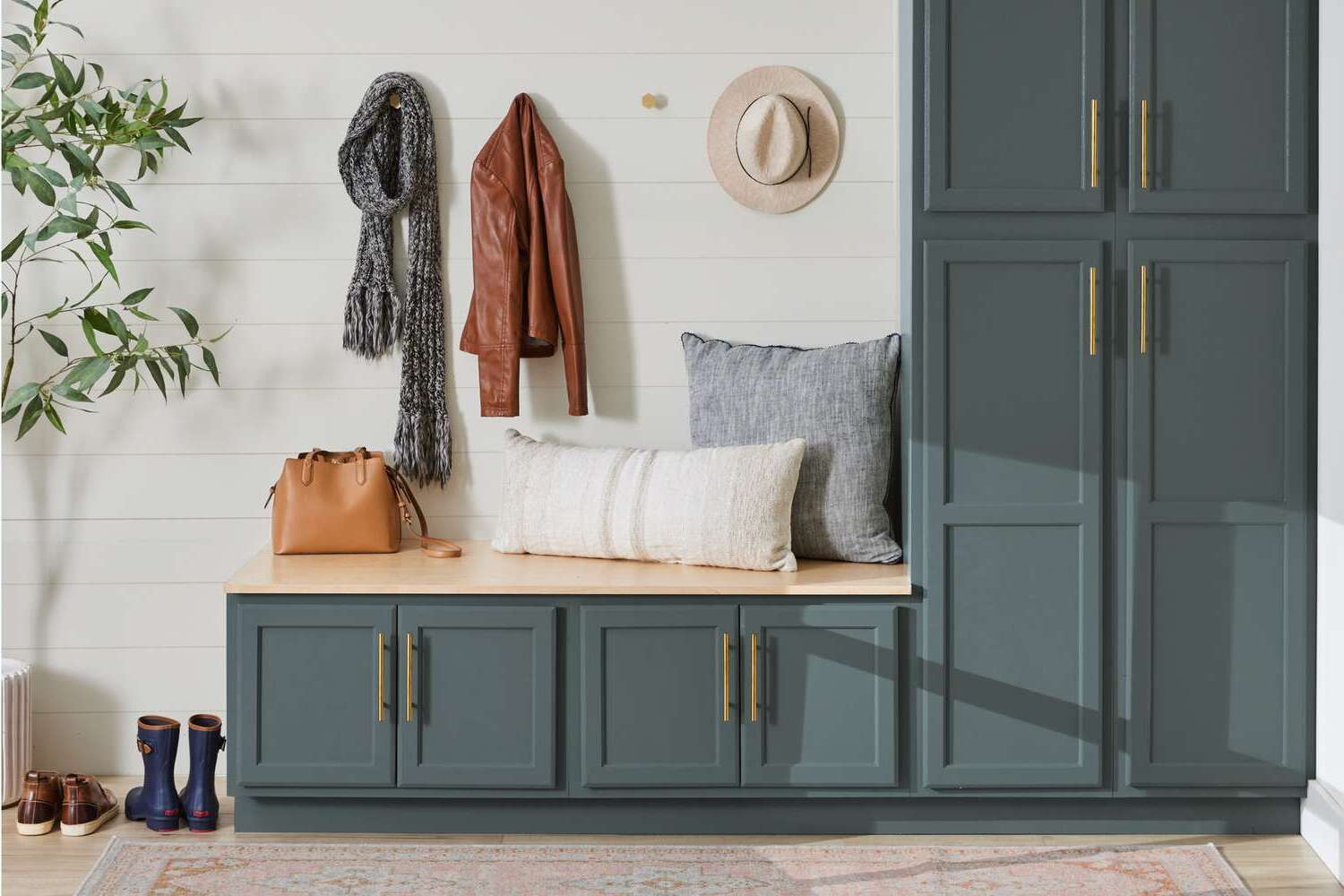

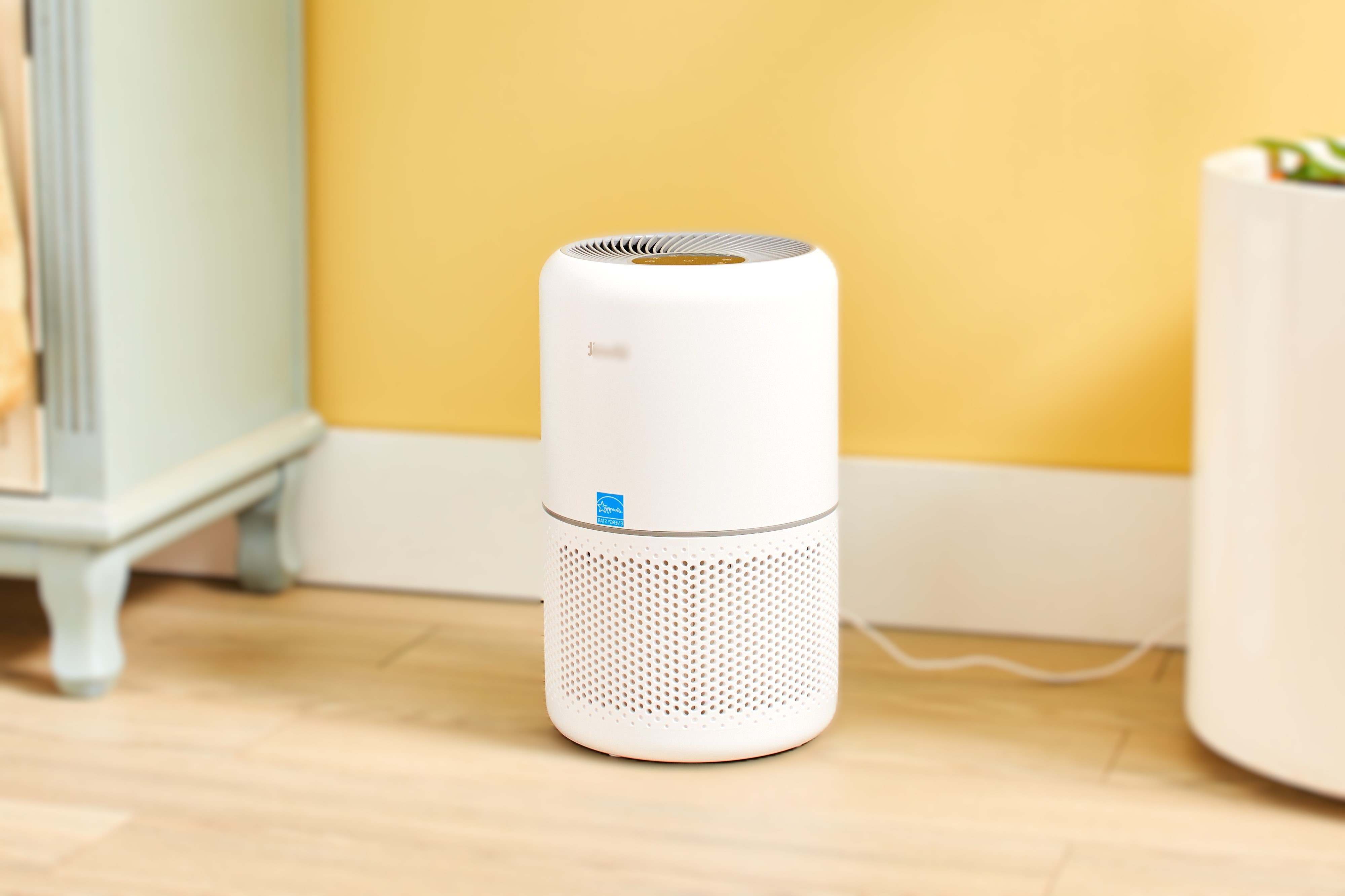
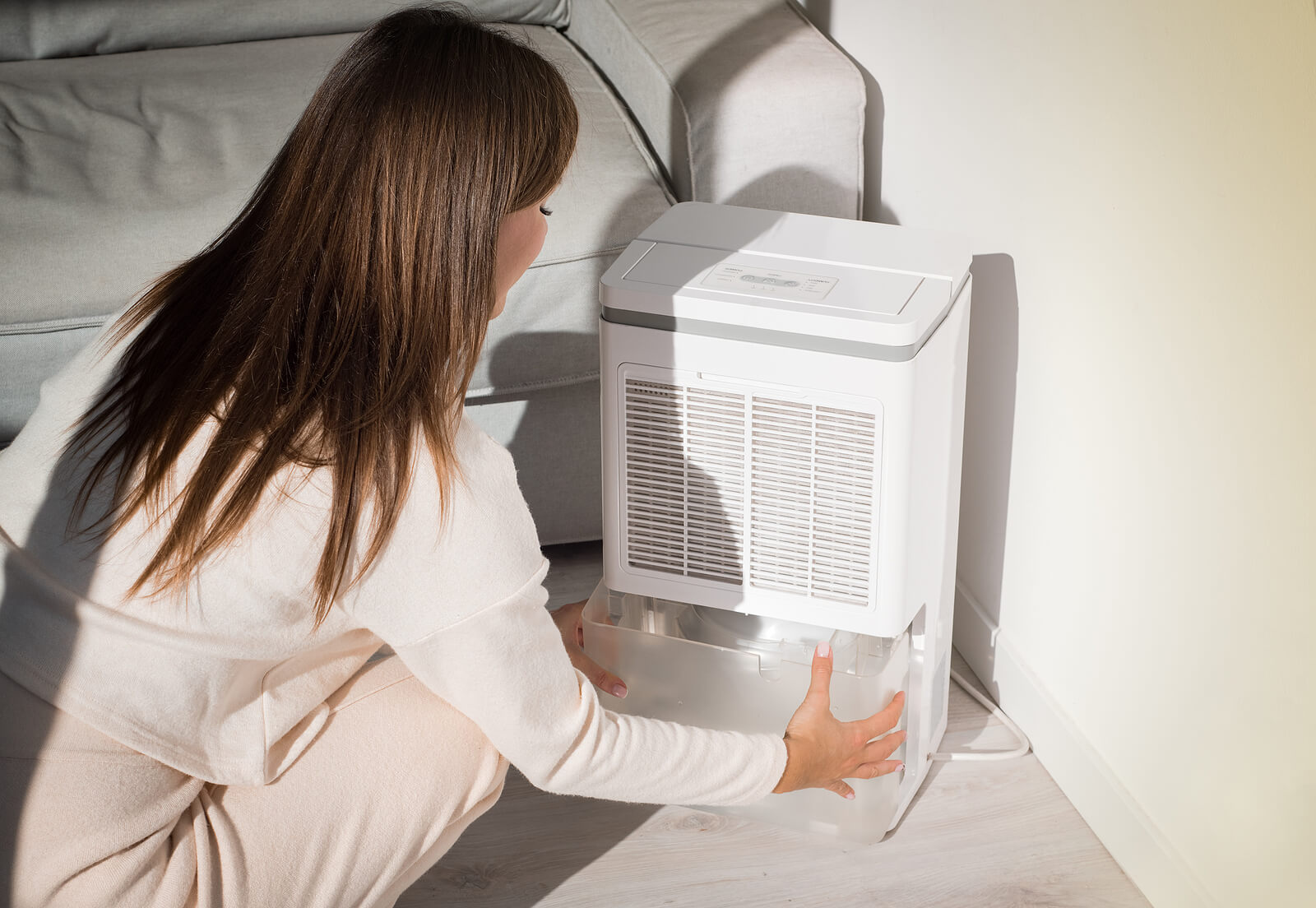
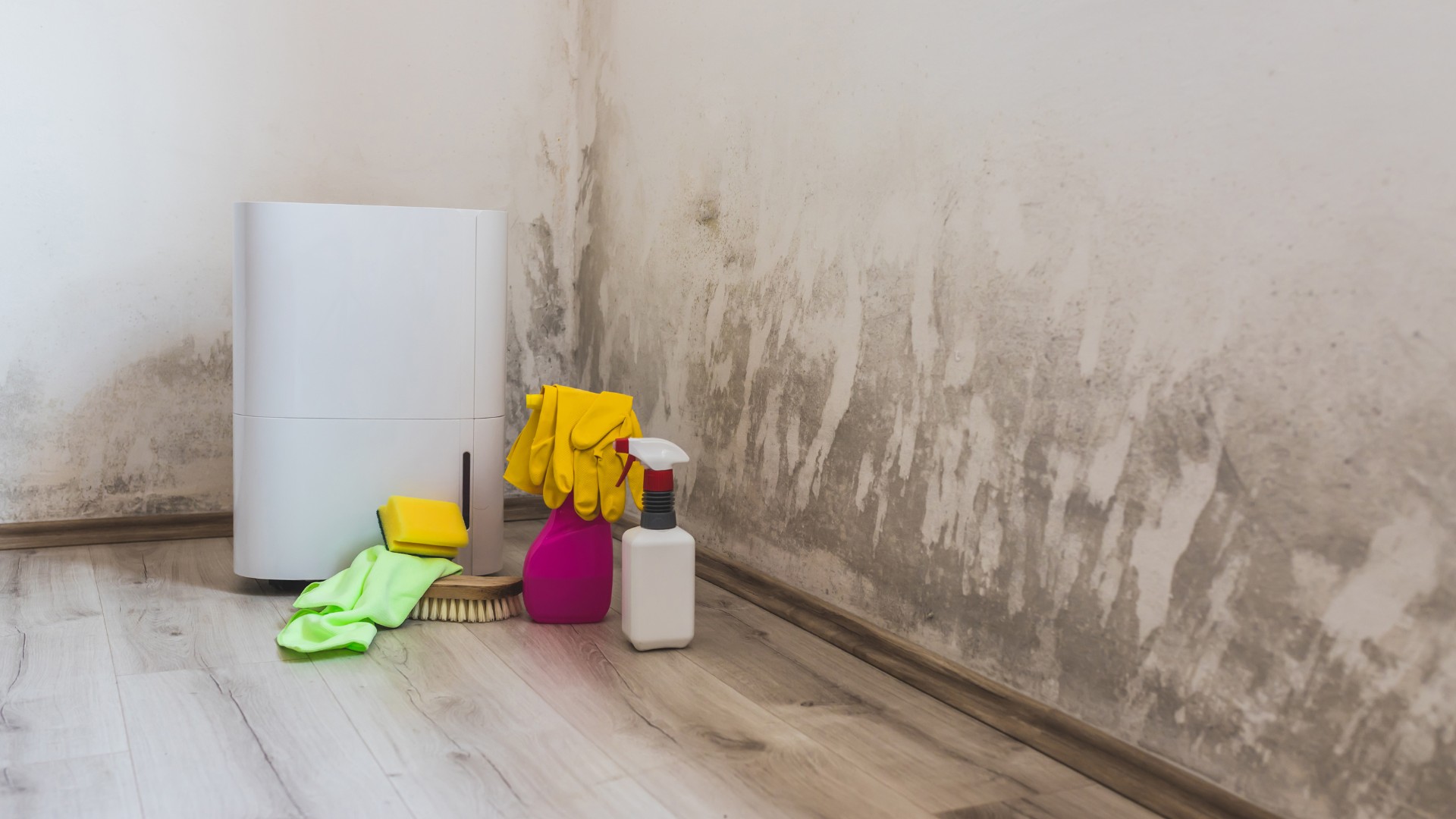
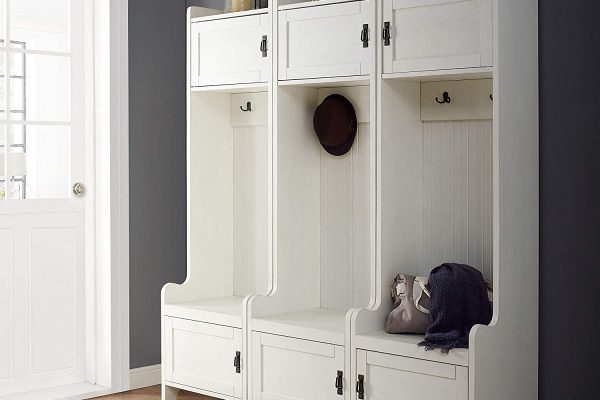
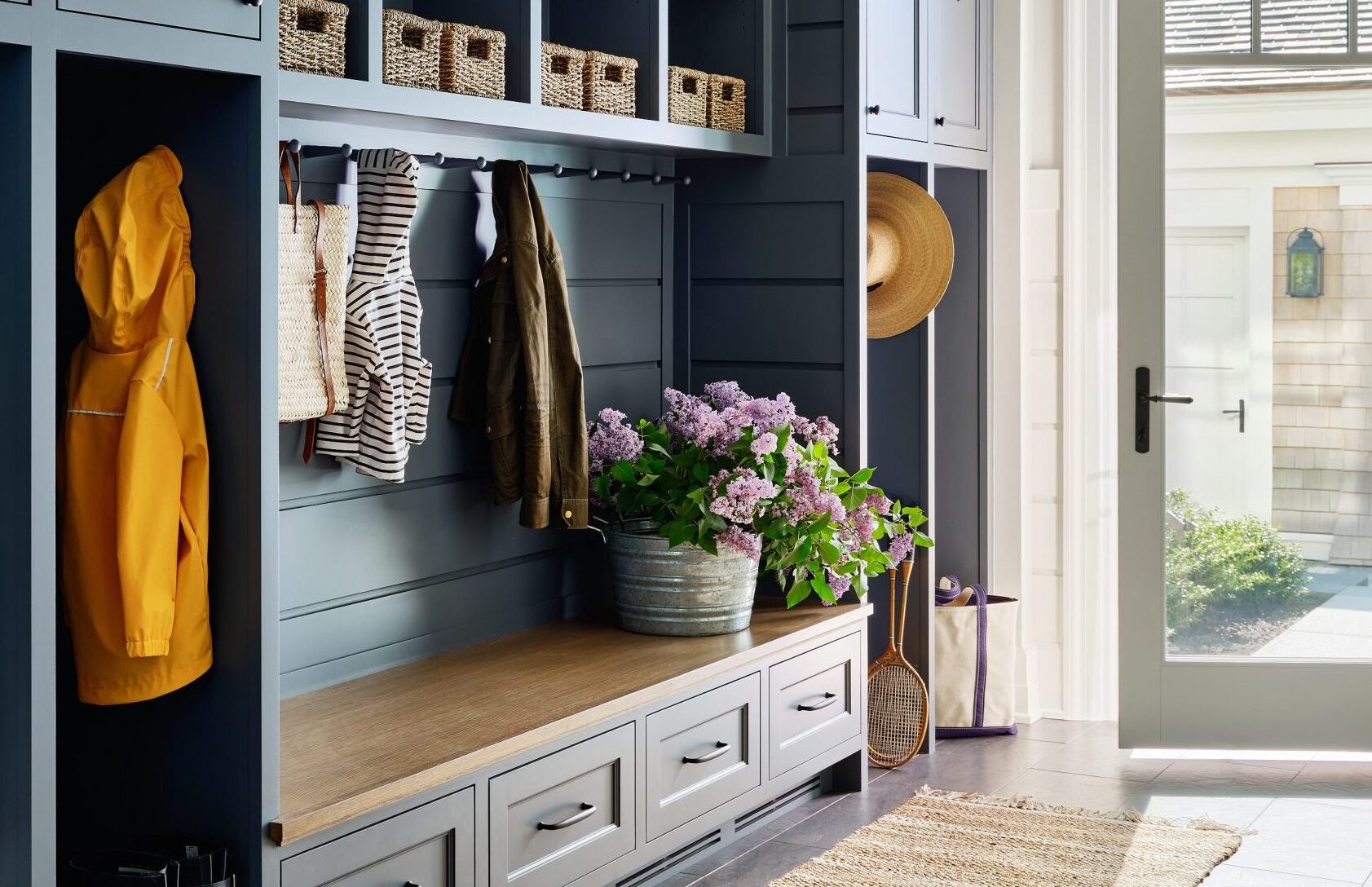

0 thoughts on “Mudroom Dehumidifier Options: Control Entryway Moisture”